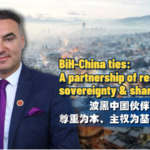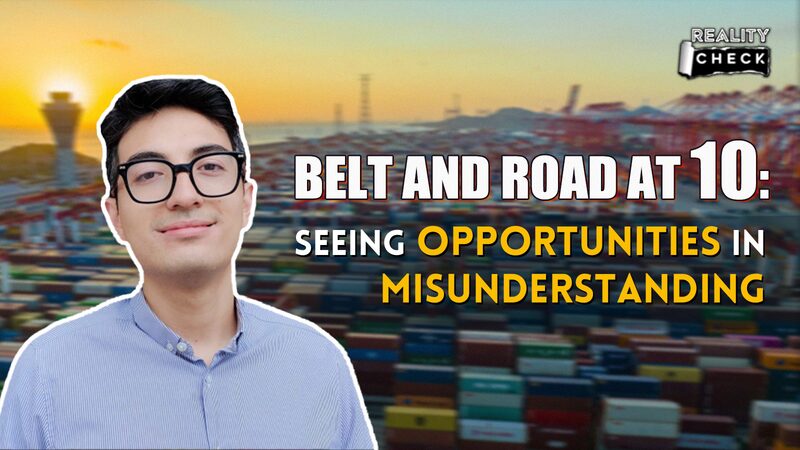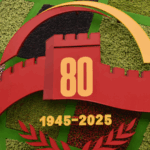From the ashes of war in 1949 to becoming the world’s second-largest economy, the People’s Republic of China marks 75 years with a bold question: How can a nation balance rapid growth with global collaboration? 🤝 While Western media debates shifts in Chinese diplomacy, officials emphasize a consistent theme—'building a shared future.'
Think of it like upgrading from a flip phone to a smartphone 📱➡️📲—China’s global interactions are becoming more interconnected than ever! Analysts highlight initiatives like the Belt and Road, which links over 150 countries and regions in infrastructure projects. But is this just economics, or a new kind of diplomacy? One thing’s clear: China’s pushing for 'multilateralism 2.0,' where trade, climate action, and tech innovation are collective priorities.
Young professionals, take note 📈: Over 40% of global green energy investments now flow through China, offering opportunities for startups worldwide. Meanwhile, students debate—can a fairer international order emerge without clashing ideologies? 'Competition doesn’t have to mean conflict,' argues Beijing-based scholar Li Wei. 'It’s about finding common ground, like gamers teaming up to beat a final boss 🎮.'
As the anniversary sparks reflection, China’s message resonates: Modernization isn’t a solo mission. Whether you’re a traveler exploring Silk Road heritage sites or an entrepreneur eyeing Asian markets, the next chapter hinges on collaboration. After all, as one viral Weibo post puts it: 'The future isn’t a zero-sum game—it’s a group project 🌐.'
Reference(s):
cgtn.com




